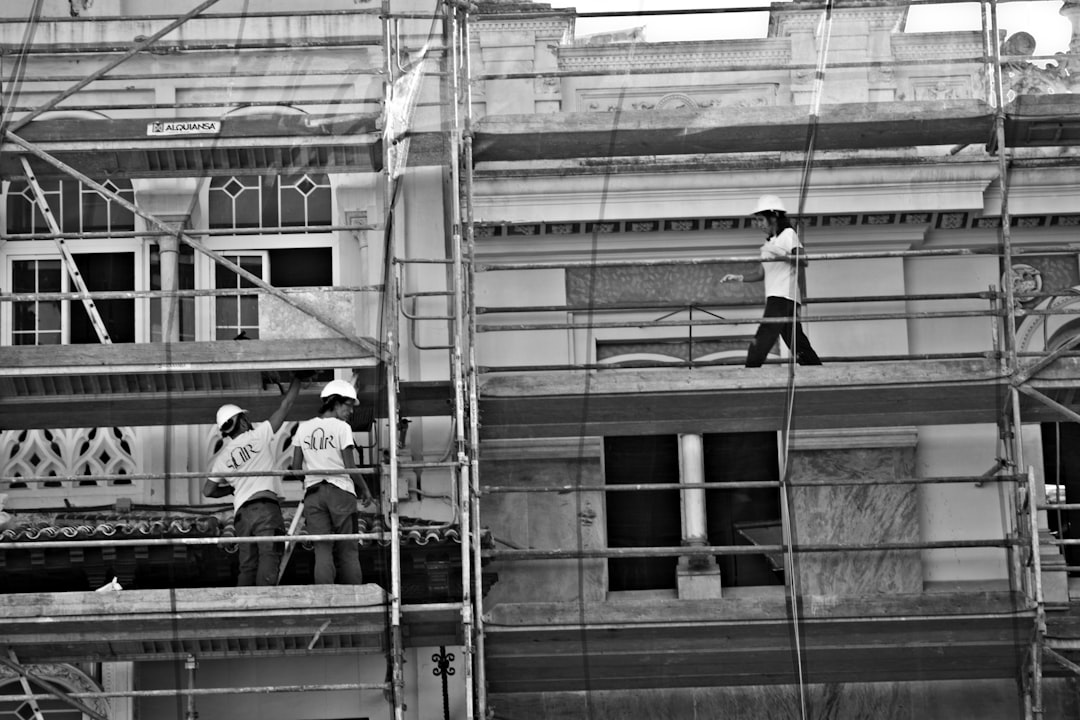
Ask ten project managers to define profit and you will hear ten answers, but they will all revolve around one figure: how much labor cost. Materials can be bought in bulk and schedules can be shifted, yet payroll is a living, breathing number that expands or shrinks daily. Misjudge it once and the margin on an entire subdivision disappears. At CountBricks, we deploy AI-driven voice estimating to make sure that never happens to your firm.
• Direct trades wages: carpenters, electricians, plumbers, HVAC technicians
• Payroll burden: statutory deductions, workers’ compensation, vacation pay, benefits
• Crew productivity: linear feet framed per hour, square feet tiled per day, fixtures installed per shift
• Overhead allocation: site supervision, safety meetings, tool depreciation
• Schedule factors: seasonal overtime, weekend premiums, delay contingencies
1. Project complexity – A straight-wall bungalow frames faster than a modern angled roofline.
2. Location – Urban infill sites consume extra time for staging and deliveries.
3. Trade availability – Tight labor markets increase hourly rates and poach crews mid-project.
4. Weather windows – Residential builds fought in rain or freeze demand slower, safer pacing.
5. Change orders – Every scope tweak means recalculating man-hours, not just materials.
Instead of deciphering scribbled site notes, superintendents can walk the lot and speak naturally to CountBricks. In real time our AI:
• Identifies tasks (“Frame 2,450 sq ft main floor walls”)
• Cross-checks historical productivity from CountBricks.com/portfolio
• Applies region-specific union or open-shop rates
• Adds overtime or shift premiums when schedules demand
• Outputs a live man-hour total and gross labor dollar figure
1. Open the mobile app and start a new estimate.
2. Walk the site, naming tasks and quantities; our AI captures voice to structured data.
3. Review auto-generated labor lines; adjust crew sizes if preferred.
4. Sync with blueprint takeoffs pulled from CountBricks.com/services to validate dimensions.
5. Export a ready-to-sign quote or invoice, branded with your logo, in seconds.
While every region differs, CountBricks aggregated thousands of projects to reveal median direct rates:
• Framing carpenter: \$38–\$46/hr
• Licensed electrician: \$48–\$62/hr
• Journeyman plumber: \$47–\$59/hr
• HVAC installer: \$42–\$50/hr
• General laborer: \$25–\$32/hr
These figures exclude burden. Add 25-35 % for payroll taxes, insurance and benefits to see the true labor cost hitting your ledgers.
• Ignoring micro-tasks: Blocking, hardware install, cleanup add hidden hours.
• Copy-pasting old spreadsheets without inflation or code updates.
• Forgetting mobilization time between scattered lots.
• Averaging productivity across senior and apprentice crew members.
• Underestimating punch-list revisits after client walkthroughs.
• Task library updates monthly with new code requirements.
• Voice prompts force acknowledgement of setup, breakdown and travel time.
• Integrated payroll tables auto-inflate rates to the project start date.
• Crew role mapping assigns realistic speeds to each labor category.
• Post-completion checklists estimate return visits so you bill for them upfront.
A builder approached CountBricks to price a 650 sq ft accessory dwelling. Initial spreadsheet predicted 480 framing hours. Our AI, referencing similar projects in the CountBricks database, flagged the vaulted ceiling and tight rear-lot access. Revised estimate: 540 hours. Actual site logs closed at 538 hours—within 0.4 %. Labor variance savings: \$7,250.
• Sharper numbers mean tighter margins that still protect profit.
• Transparent line items build homeowner trust, accelerating approvals.
• Faster quote turnaround frees estimators for revenue-generating tasks.
• Reliable forecasting improves cash-flow planning with suppliers and subs.
If you are still asking “how much labor cost should I allow?” it is time to replace guesswork with CountBricks precision. Book a live demo at CountBricks.com/consultation and discover how residential contractors are winning more bids—without working more hours.

Residential schedules shift. A client upgrades to hardwood, a permit delay pushes framing into winter, or trade shortages force weekend work. Traditional spreadsheets struggle to keep pace, but CountBricks recalculates on the fly.
1. Open the live project dashboard and activate voice input.
2. State the change: “Add two framers for ten days starting Monday.”
3. CountBricks immediately revises man-hour totals, applies overtime premiums and updates the invoice draft.
• Lock crew calendars inside CountBricks to see overlap conflicts before they happen.
• Use productivity alerts; if actual hours exceed estimate by 10 %, the system notifies you in real time.
• Capture on-site variations with voice memos that auto-attach to the labor line for transparent client communication.
Halfway through a 3,000 sq ft build, unexpected rock excavation delayed the slab pour. The superintendent opened CountBricks, added a three-day shift in the schedule and requested weekend framing to regain time. The app recalculated an extra \$4,600 in labor, auto-compiled a change order and sent it for client e-signature within an hour. Approval came back that afternoon, and the crew stayed productive instead of waiting for paperwork.
• Protects cash flow by billing additional hours promptly.
• Prevents schedule slippage fines from lenders or municipalities.
• Provides data for future estimates, continually training CountBricks AI to mirror real field performance.
Managing how much labor cost fluctuates is no longer a guessing game. Whether you are rough-framing townhomes or installing high-end millwork, CountBricks keeps every crew hour—and every dollar—accounted for. Visit CountBricks.com/services to see how dynamic labor forecasting fits into your workflow.